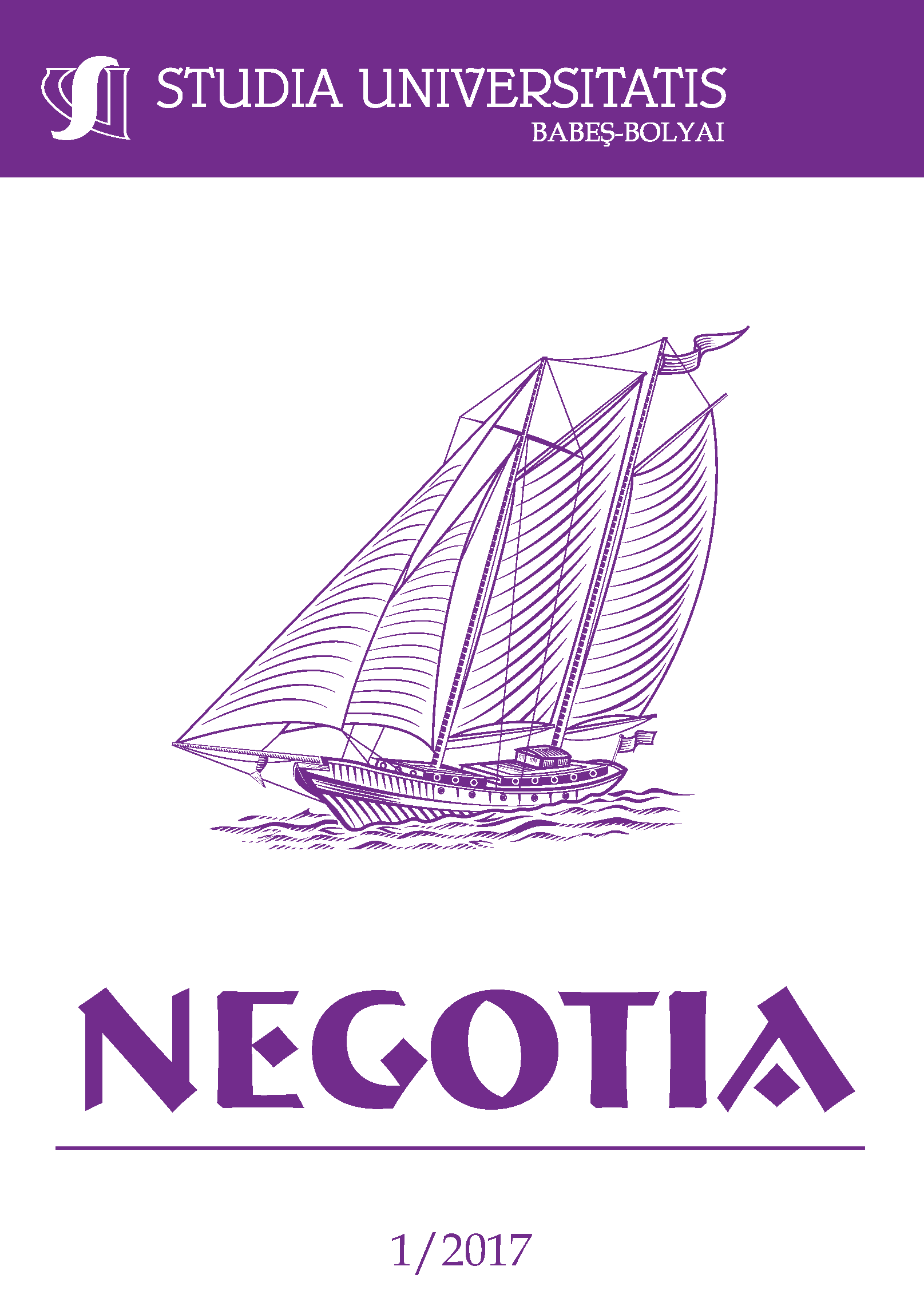INVESTIGATING THE IMAGE OF A TOURIST DESTINATION: THE CASE OF SAARISELKÄ
DOI:
https://doi.org/10.24193/subbnegotia.2017.1.01Keywords:
tourist destination, marketing research, online promotion.Abstract
This paper emphasizes the importance of defining a precise image for a tourist destination. We review first the main contributions in the literature on tourist destinations and their marketing. Then, we outline the methodology of a marketing research conducted in Saariselkä, a resort located in northern Finland. The results of the research provide interesting insights on how the image of this particular destination is perceived by tourists. The findings of the research also enable us to draw several conclusions which may prove useful for an enhanced efficiency of the promotional efforts.
JEL Classification: L83
References
Baltescu, C. (2016), “Culinary experiences as a key tourism attraction. Case Study: Brasov County”, Bulletin of the Transilvania University of Brasov, 9, 2, pp. 107-112.
Buhalis, D., Costa, C. (2006), Tourism Business Frontiers, Elsevier, Oxford.
Chon, K.S. (1990), “The role of destination image in tourism: A review and discussion”, The Tourist Review, 45, 2, pp. 2-9.
Constantin, C. (2009), Cercetari de marketing, Ed. Universitatii Transilvania, Brasov.
Della Corte, V., Micera, R. (2007), “Destination image analysis and management: results of an empirical research on the case of Naples”, in Proceedings of the 6th International Congress Marketing Trends, Paris, France.
Gunn, C. (1972), Vacationscape: Designing tourist regions, University of Texas, Bureau of Business Research, Austin.
Ispas, A., Saragea, R.A. (2011), “Evaluating the image of tourist destinations. The case of the autonomous community of the Canary Islands”, Journal of Tourism, 12, pp. 5-12.
Lai, K., Li, X. (2016), “Tourism Destination Image: Conceptual Problems and Definitional Solutions”, Journal of Travel Research, 55, 8, pp. 1065-1080.
Leiper, N. (1990), “Tourist attraction systems”, Annals of Tourism Research, 17, 2, pp. 367-384.
Milman, A., Pizam, A. (1995), “The Role of the Awareness and Familiarity with a Destination: The Central Florida Case”, Journal of Travel Research, 33, 3, pp. 21-27.
Morgan N., Pritchard, A., Pride, R. (Eds.) (2004), Destination Branding: Creating the Unique Destination Proposition, 2nd edition, Elsevier, Oxford.
Morrison, A.M. (2013), Marketing and managing tourism destinations, Routledge, New York.
Murphy, P., Pritchard, M., Smith, B. (2000), “The destination product and its impact on traveller perceptions”, Tourism Management, 21, 1, pp. 43–52.
Pike, S., Ryan, C. (2004), “Destination positioning analysis through a comparison of cognitive, affective and conative perceptions”, Journal of Travel Research, 42, 4, pp. 333-342.
UNWTO (2007), A Practical Guide to Destination Management, UNWTO, Madrid.
Woodside, A., Lysonski, S. (1989), “A general model of traveller destination choice”, Journal of Travel Research, 27, 1, pp. 8-14.
Downloads
Published
How to Cite
Issue
Section
License
Copyright (c) 2017 Studia Universitatis Babeș-Bolyai Negotia

This work is licensed under a Creative Commons Attribution-NonCommercial-NoDerivatives 4.0 International License.






